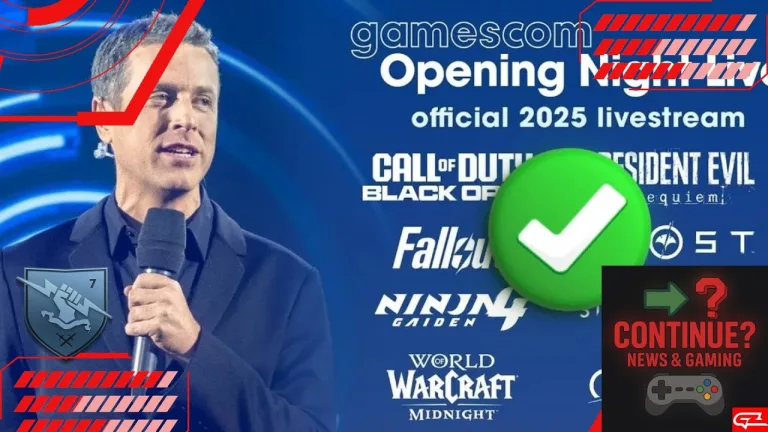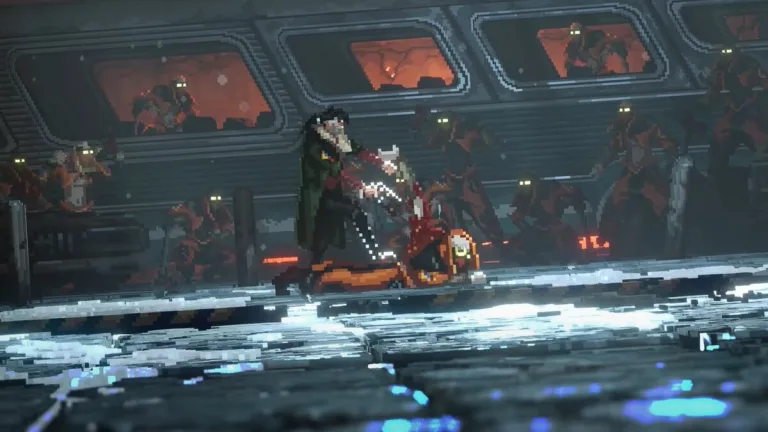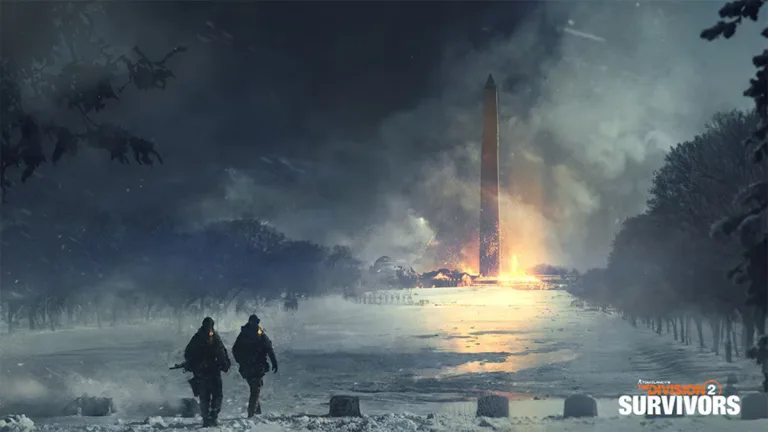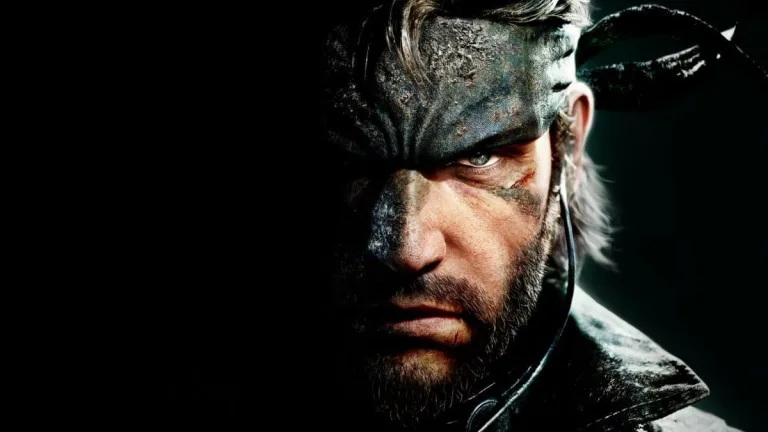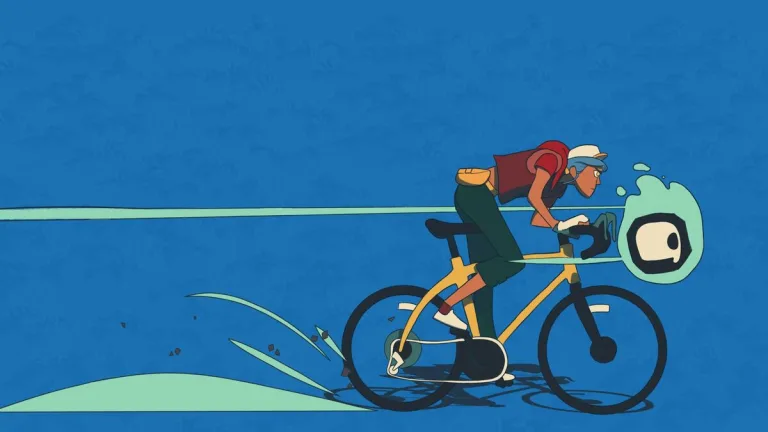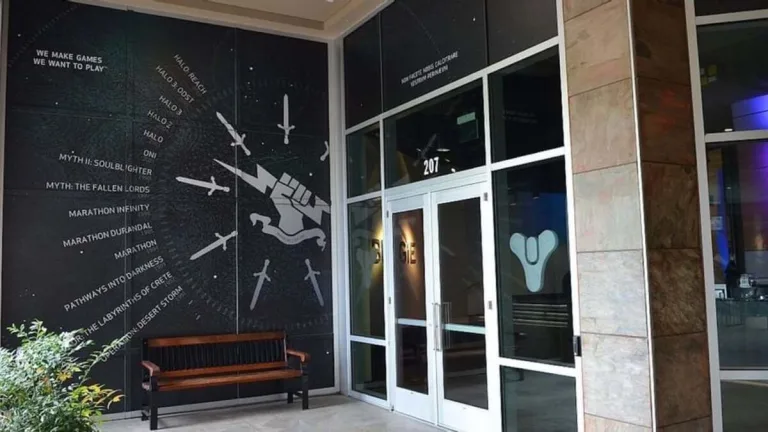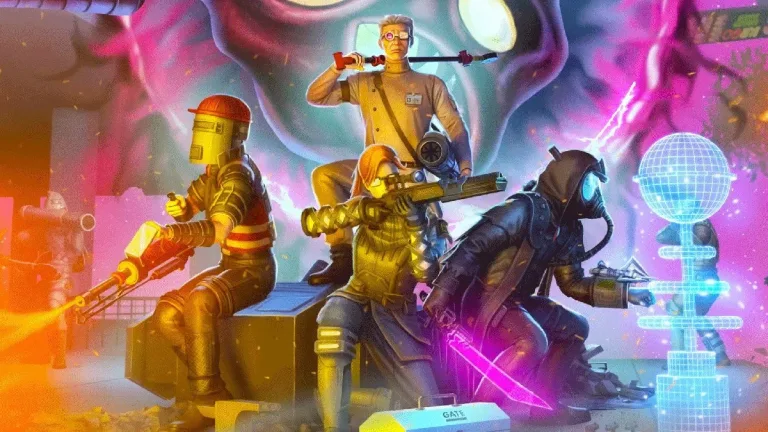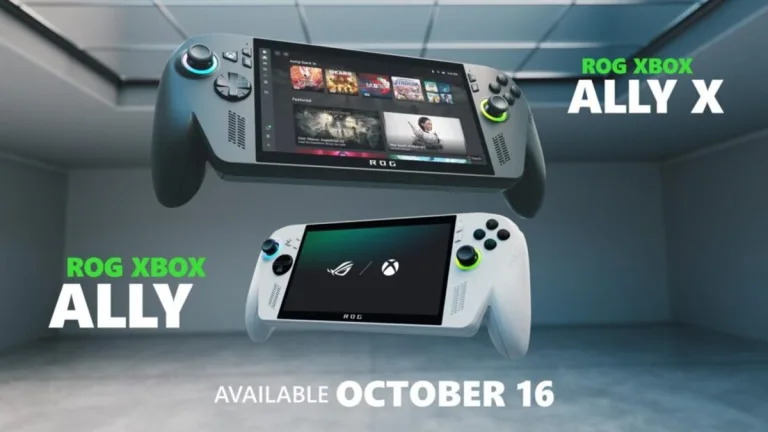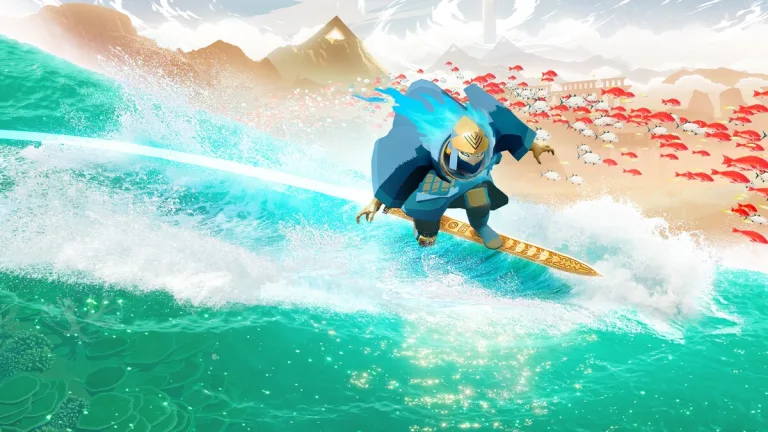Gamescom 2025 delivered a whirlwind of announcements — from Black Ops 7’s Cold War twist to the...
When Replaced first appeared on the gaming radar during Xbox’s E3 2021 showcase, it instantly stood out....
When Ubisoft took the stage at Gamescom 2025 to announce The Division 2: Survivors, it wasn’t just...
The Metal Gear franchise is one of the most iconic in video game history and the one...
Wheel World is a title that surprises with its addictive gameplay, on par with classics like Mario...
When Bungie published its recent Passing the Torch announcement, it marked more than just a leadership change...
After six years of speculation, memes, and mounting anticipation, Hollow Knight: Silksong finally has a date etched...
Abiotic Factor is a game plagued with numerous technical issues, but once you manage to overcome them,...
When Xbox and ASUS jointly announced that the ROG Xbox Ally and ROG Xbox Ally X will...
In 2006, a studio called ThatGameCompany released its first game, establishing what would later be recognized as...


